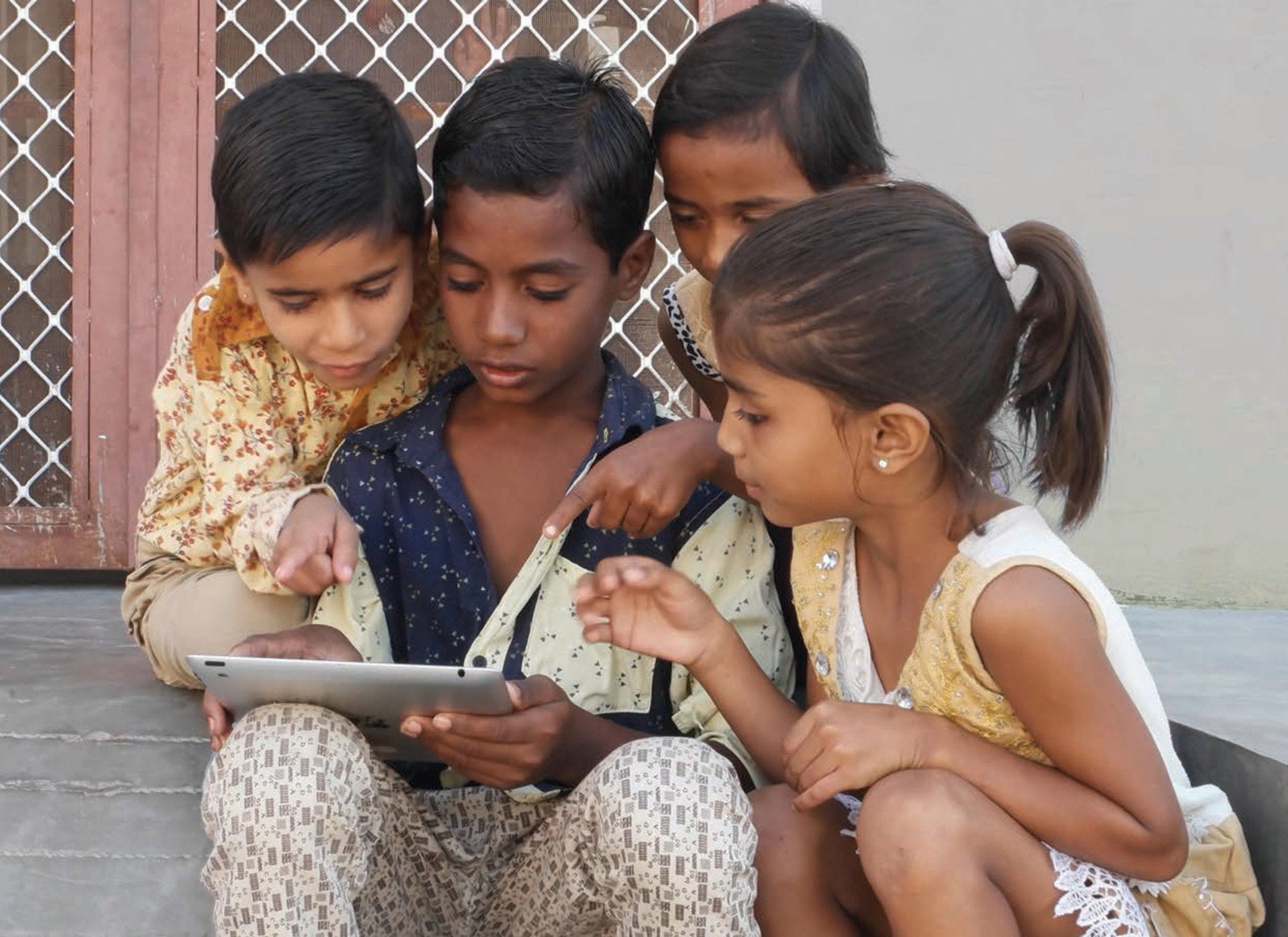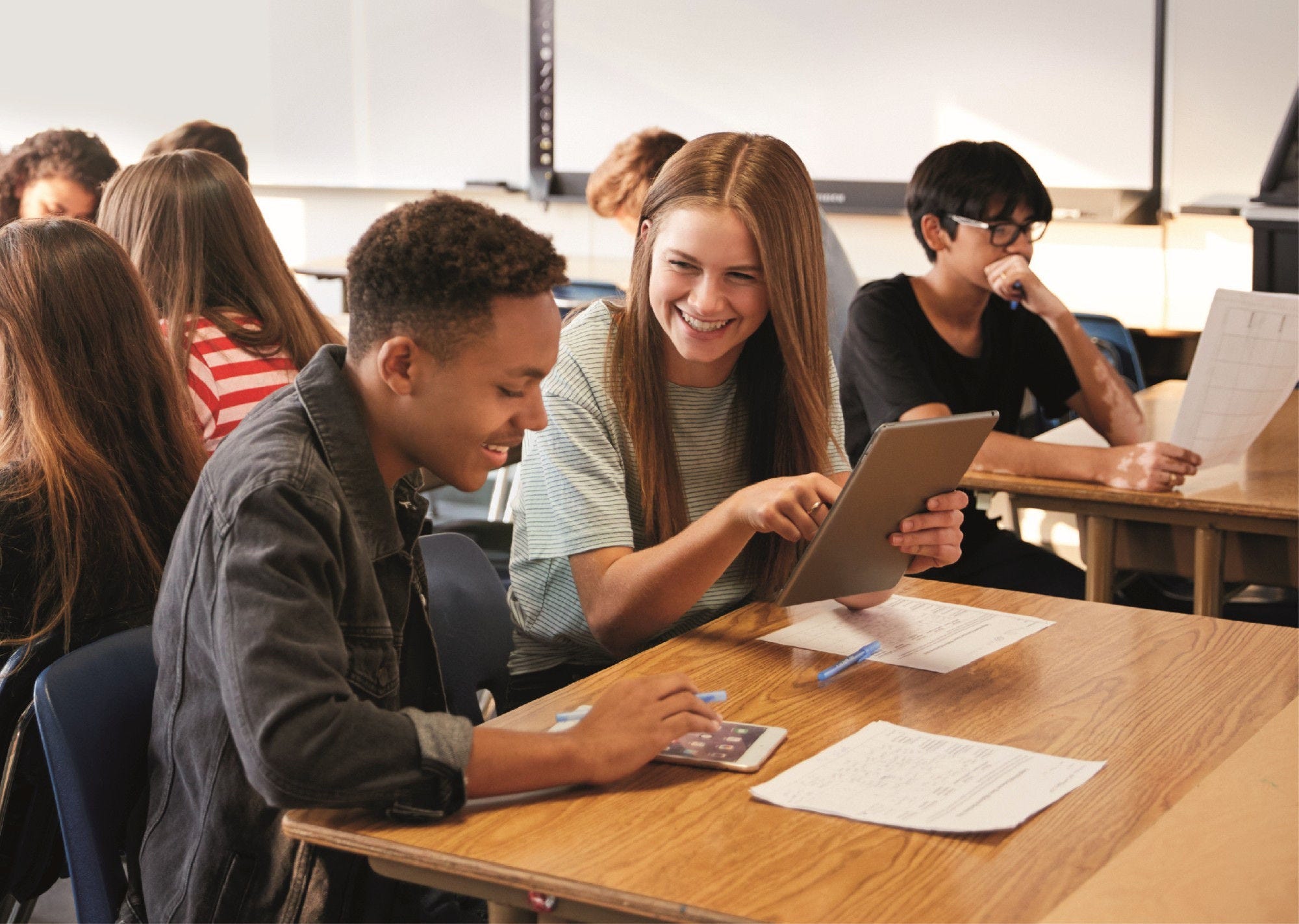This report brings together 45 of the education continuity stories that were jointly documented by the OECD, the World Bank, Harvard’s Global Education Innovation Initiative and HundrED during the first wave of school closures related to the COVID-19 pandemic. It covers a variety of different examples on how governments and non-governmental organisations quickly responded to school closures to implement a strategy for learners around the world to continue to study. While often based on the use of digital solutions, those solutions target specific solutions aimed at academic learning, socio-emotional support, teacher professional development, etc. The book covers examples from low, middle and high income countries on all continents and draws some lessons of these fast-paced responses to reimagine a post-pandemic education across the world.
How Learning Continued during the COVID-19 Pandemic

Abstract
Executive Summary
The COVID-19 pandemic has led to school closures in most countries around the world and has interrupted the school attendance of at least 1.5 billion students in 2020 and 2021. Although the pandemic has shown that countries’ current learning infrastructures are highly vulnerable to external shocks, many education systems have been able to adapt to the situation in some way. Schools and educators have shown great resilience in trying to compensate for the crisis, and while they need to be better prepared for similar challenges, they have demonstrated leadership, initiative and an innovative spirit.
During the first wave of school closures during the COVID-19 pandemic, the OECD, the World Bank, the Global Education Innovation Initiative at Harvard University and HundrED joined forces to document a variety of examples of what education stakeholders did to allow academic learning to continue. This report brings together a collection of 45 case studies that were initially published on the OECD and World Bank websites between May 2020 and March 2021 (Part II).
The “education continuity stories” describe specific solutions implemented by government, non‑governmental organisation or companies to support teachers and learners. Many of these solutions had a strong technology dimension. These stories describe the proposed solution in terms of objectives and implementation, but also reflect on the challenges and success factors, the replicability of the initiative in other contexts, and the evidence of success that was gathered (at the time of initial publication). While most initiatives focus on primary and secondary education, they cover all levels of education, and illustrate innovations that have been undertaken around the world, in countries with different contexts, culture and levels of income.
The case studies illustrate that those initiatives:
Relied on multimodal solutions that combined the use of multiple media (online platforms, TV, radio, paper worksheets, text messaging, social network channels, etc.);
Usually attempted to address inequalities in the access to connectivity and equipment (and often on other aspects such as nutrition), when they were not primarily about addressing inequity;
Targeted learners, teachers and parents and mobilised different actors in the education ecosystem;
Built on prior knowledge and resources that were expanded or repurposed during the crisis;
Mobilised networks and partnerships to quickly design and implement their solution;
Considered awareness of the solution, reach of the targeted population and sustained learning engagement as significant challenges;
Improved their solution thanks to a qualitative monitoring and feedback strategy.
The initial objective of those “education continuity stories” was to inspire or support other actors in different countries facing similar challenges so that they could adapt some aspects of solutions developed elsewhere to their context. The case studies can still fulfil this role while the crisis continues. Their collation in a single publication also contributes to the retrospective analysis of the crisis. It provides a basis to draw lessons from the successes and challenges of those educational innovations to reshape teaching and learning in a more effective way.
This first part of the report (Part I) helps readers navigate the education continuity stories and distils the authors’ silver linings of the crisis from their different perspectives – while reminding the readers that those contingency plans were far from perfect substitutes for in-person education.
Vincent-Lancrin (chapter 1) presents the education continuity stories by highlighting the importance of multimodal solutions relying simultaneously on several types of technology in low- as well as high-income countries, the involvement of teachers in the development of the solution and new forms of engaging parents. He showcases how many initiatives tries to address inequity and how they dealt with other challenges, before showing how most innovations relied on knowledge networks, partnerships and quick prototyping of their solutions. Noting that the pandemic accelerated the transition to digital tools in education and showed their opportunities, he calls for and sketches a global agenda to advance digital education in the coming years.
Barron Rogriguez and Cobo (chapter 2) focus and low- and middle-income countries and highlight the innovative uses of low-tech tools such as radio, television or mobile phones in remote and blended learning. Mobile phones were for example one of the most often used tools to facilitate the exchange of learning materials as well as to facilitate interaction between parents and students both in urban and rural contexts. These low-cost devices connected students and teachers in ways that were uncommon before the crisis showing that their use could be transformative for education. They identify emerging lessons that lower middle-income countries and high-income countries may find useful and replicable.
Reimers (chapter 3) notes the dangers of only focusing on the negative and disruptive aspects of the global pandemic and demonstrates the long-term value of reflecting on the silver linings of the crisis. After recalling the context in which the education continuity stories were developed and some guidance provided to countries at the beginning of the pandemic, he analyses the focus of the innovation in the early phase of the pandemic as well as the conditions that enabled their emergence. He concludes with ten lessons from the pandemic, recalling how technology made this initiative and the continuation of education possible, and how in general societies increased their value of education. He also points to how the pandemic showcased the importance of holistic education, collaboration, and global collaboration.
Petrie (chapter 4) focuses on innovations from non-governmental organisations and supplements the education continuity stories with HundrED’s 2021 Global Collection documenting around 100 innovative practices and solutions around the world. After a review and analysis of some of the trends, he highlights eight lessons from the health crisis, noting the importance of innovations focused on disadvantaged students, socio-emotional skills, and the well-being of innovation leaders. He then proposes eight vision statements for the future of education, arguing for risk tolerance, hybrid models of learning, student agency, and support for teachers.







